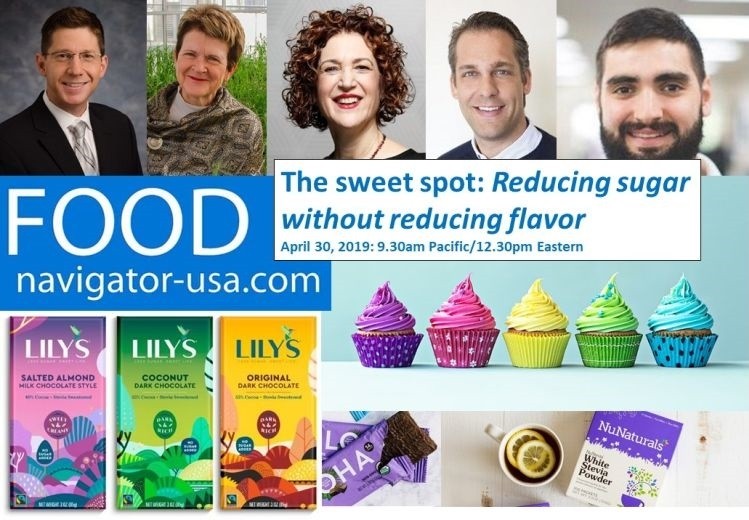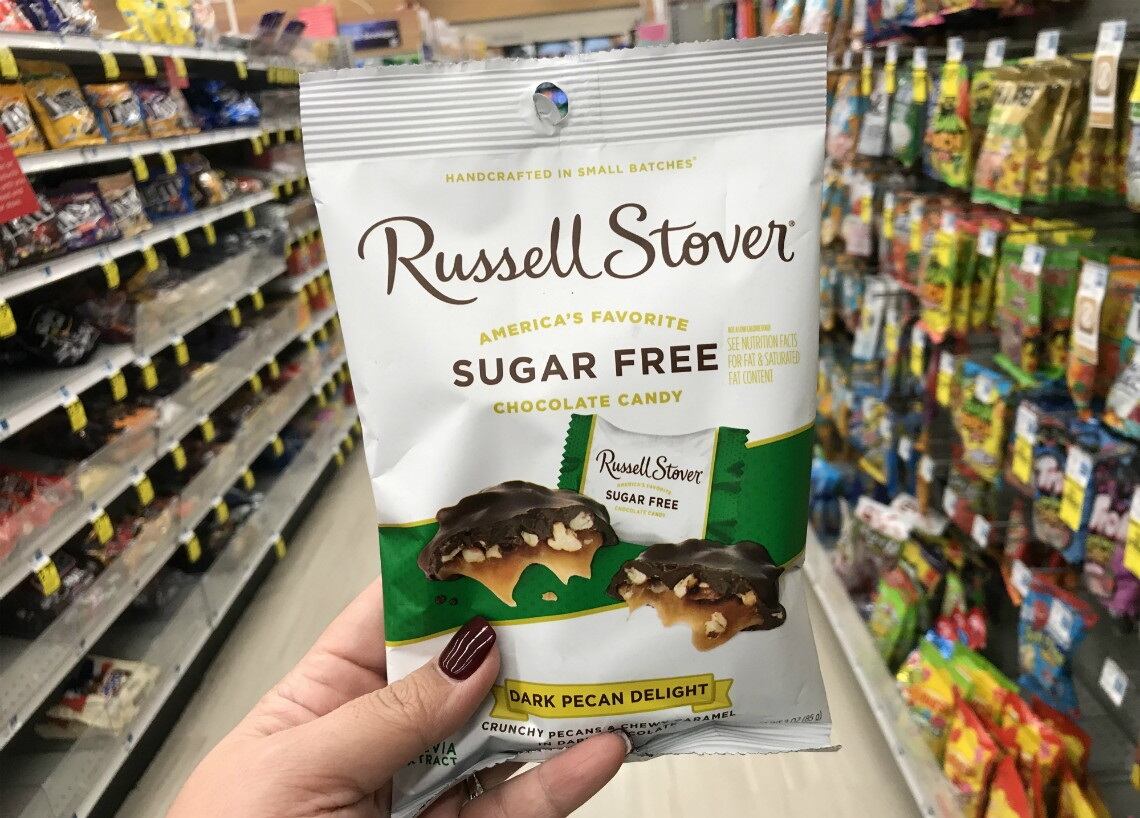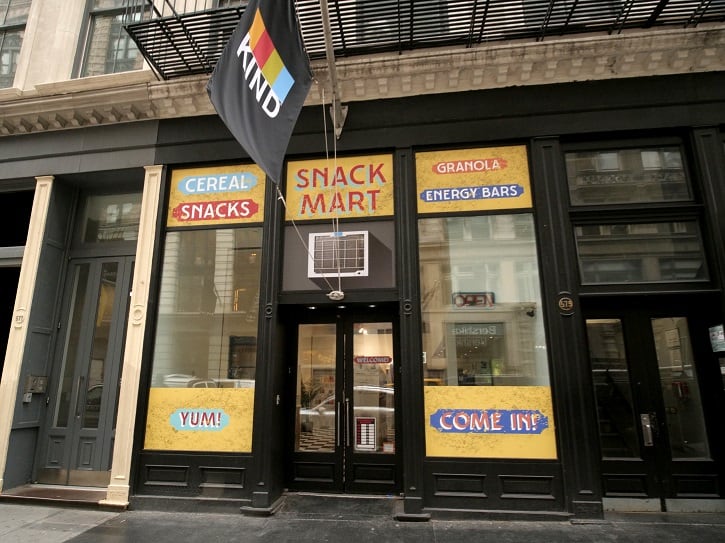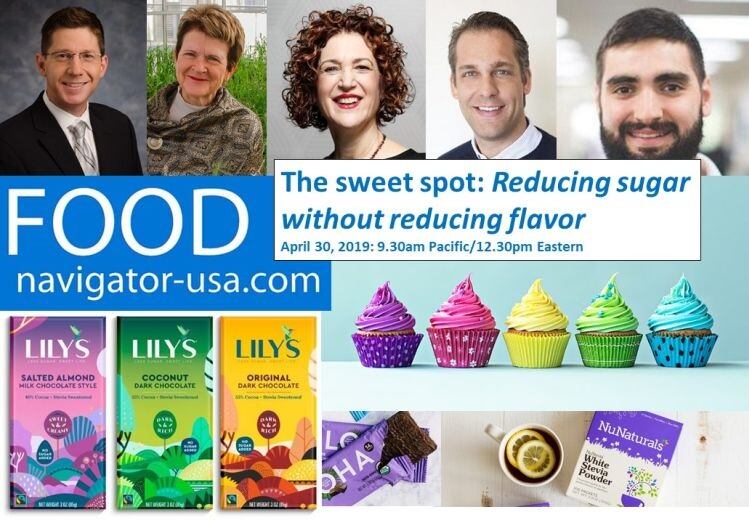Consumers are shunning sugar and growing more mindful about reducing their sugar intake. At the same time, they have become selective about what they swap out in place for sugar preferring natural sweeteners (such as stevia and monk fruit) to artificial ones, according to a study published by ingredient supplier Kerry.
Sugar-free chocolate brands including Russell Stover have struggled to keep up with this shifting consumer behavior.
“Our research uncovered the fact that many of these consumers felt that sugar-free brands were offering them the equivalent of a booby prize, so we needed to change perceptions about quality and taste,” said David Lemley, founder/chief strategist at Retail Voodoo, the brand strategy firm that led the rebranding of Russell Stover's sugar-free chocolate brand.
Ditching sucralose
After three years of declining sales, the heritage chocolate brand (founded in 1923) partnered with Retail Voodoo, to reverse the trend.
"Russell Stover owned the category for well over 20 years. They were the only ones to figure out how to make sugar-free chocolate taste like real chocolate," Lemley told FoodNavigator-USA.
However, Russell Stover was out of step with the 'clean ingredient, plant-based' consumer movement, according to Lemley.
"There were a couple of ingredients that needed to change if they wanted to be seen as cleaner," he said.
At the time, Russell Stover was using the artificial sweetener, sucralose, to sweeten its chocolate.
"We reformulated and kept the taste the same taste, but used plant-based clean ingredients (i.e. stevia) to replace some of the ingredients that historically people who are label readers would never ingest."
Medicinal-looking product to 'craveable' chocolate
Companies such as Hershey's and emerging brand, Lily's Sweets, have figured out how to grow sales of its sugar-free chocolate, and a lot of that had to do with marketing its "craveability" factor.
"It was when Hershey’s stepped into the market is what happened to wake Russell Stover up. Hershey brought in the 'joi de vivre', high appetite appeal that Russell Stover had intentionally not included in their sugar free chocolate," said Lemley.
"They had a brand level communication problem that we were not assigned to resolve but we used the sugar free project as an opportunity to reframe how the entire brand talks about being small batch and handmade."
According to Lemley, Russell Stover's brand strategy had not evolved from appealing to consumers who needed to avoid sugar for dietary reasons (e.g. weight loss and diabetes).
"The strategy to make it look medicinal and diabetic-friendly for people who can’t have sugar was all part of the original strategy in the '80s that doesn’t work in today’s world," he said. "The appetite appeal needed to be corrected."
To this day, Russell Stover hand makes its chocolate through a small batch process in Kansas City, where its operated for nearly 100 years.
"What we were also working on was getting the brand to get credit for its heritage. It’s one of those brands that people look at as a drug store brand or my grandma's brand," said Lemley.
Working with Retail Voodoo, the Russell Stover's sugar-free packaging was changed from green and red foil bag that looked like Christmas chocolate, according to Lemley, to a cleaner, more premium pack.
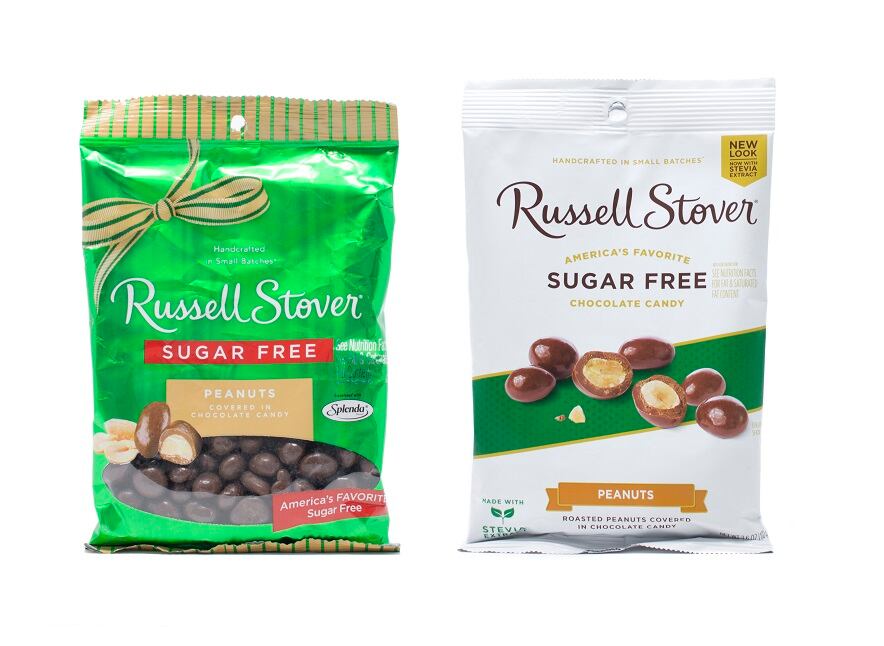
The new packaging for its 35-product sugar-free line now has a " healthier glow to it" with a white backdrop framing an image of the chocolate product with text highlighting that the product sugar-free but also small-batch and hand-made.
The rebranding is working and has breathed new life into Russell Stover's sugar-free chocolate business, according to Lemley and Marjolaine DeClaviere, VP of marketing at Russell Stover..
“We now have great impact on shelf and the strategic changes made by Retail Voodoo have buyers excited once again,” said DeClaviere.
"What we can tell you is that it reversed their three year sales declines within the first six months," said Lemley.
How do you feel about sugar and sweeteners? Don't miss out on our Sweeteners & Sugar Reduction Webinar on Tuesday, April 30th.
